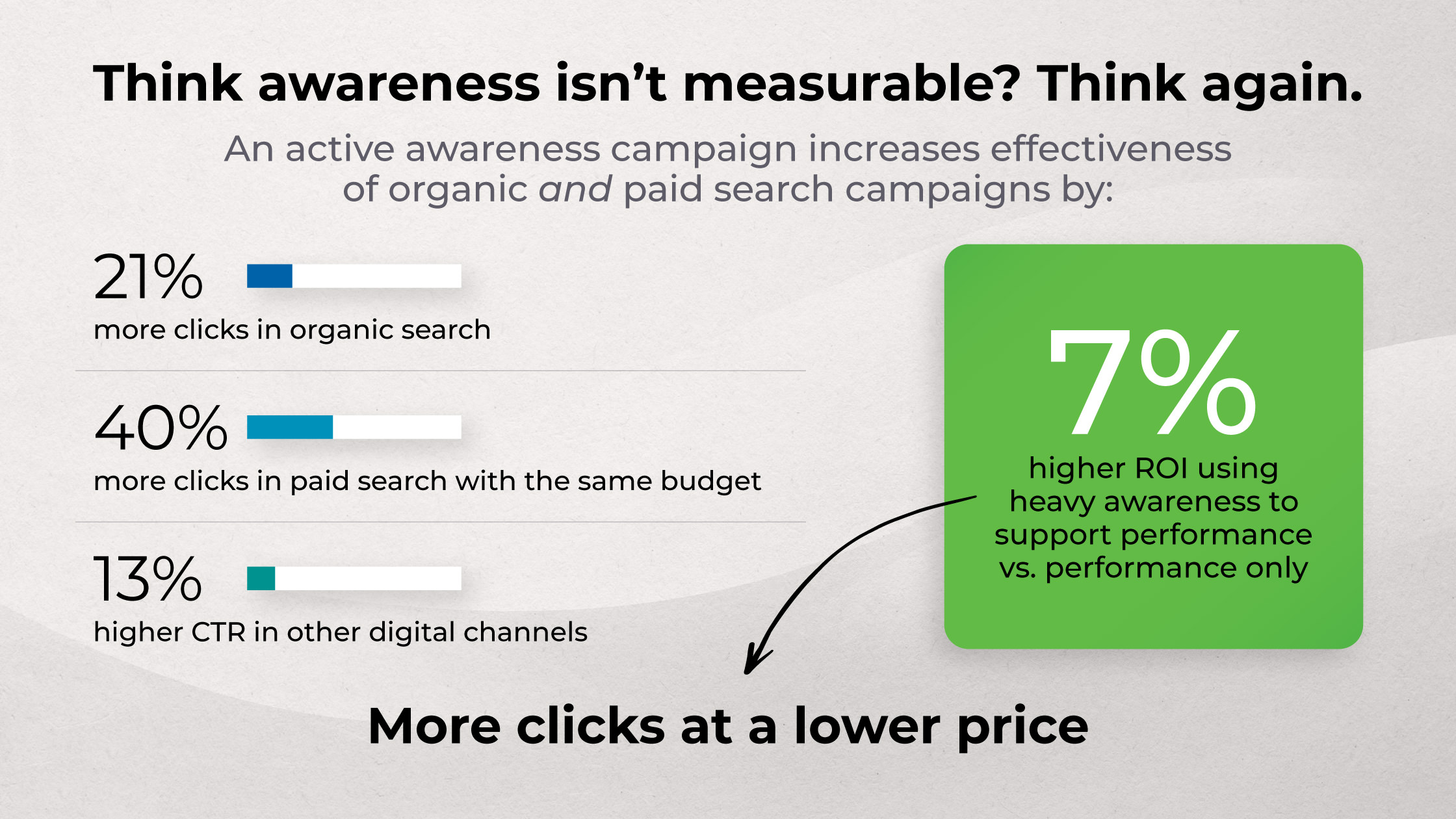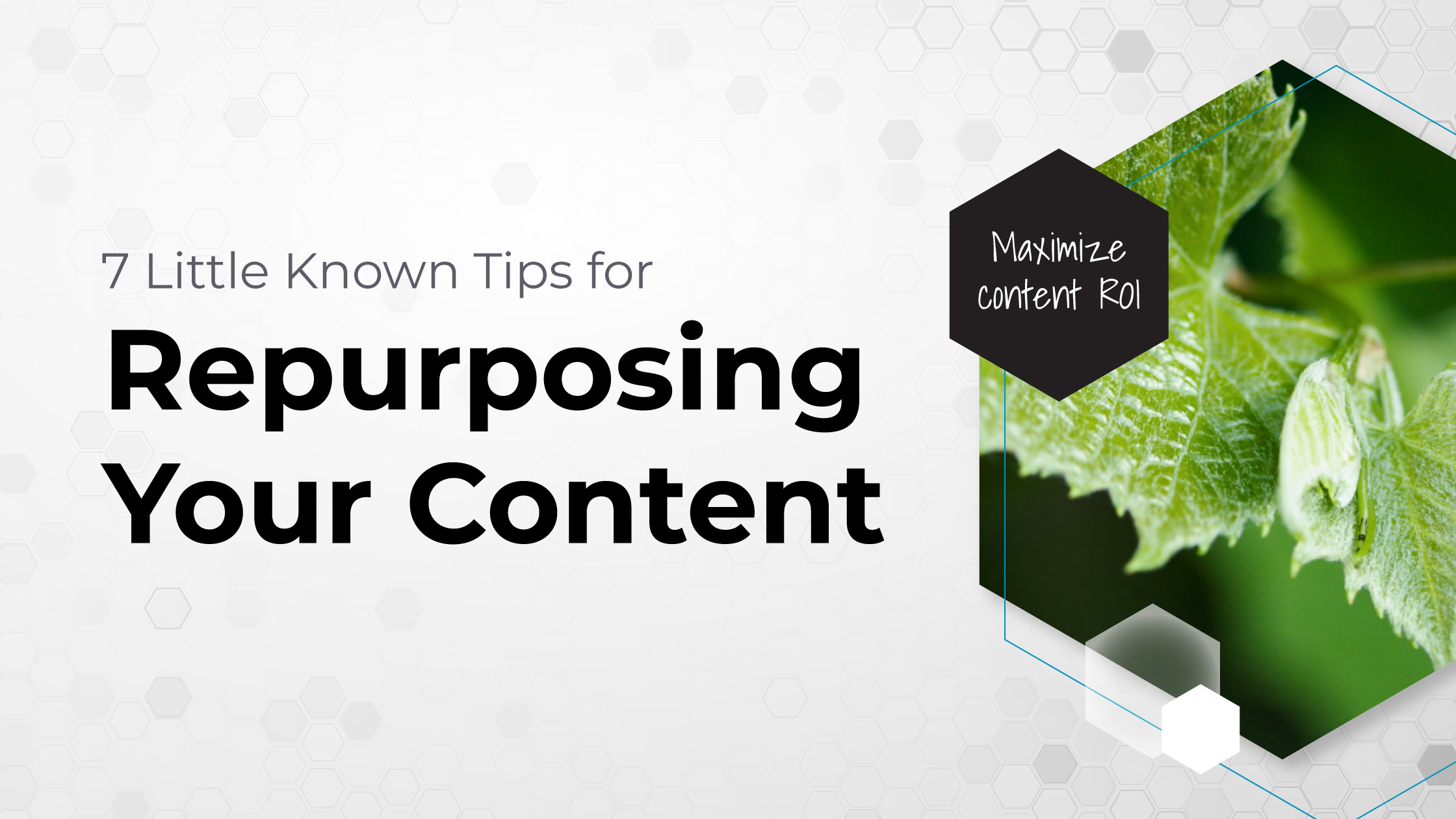
The title of this blog post contains a rather bold statement: Google and Meta ruined the top of the funnel.
Sounds like melodrama, right? Read on to understand why it’s not.
What is the Marketing Funnel?
Also known as the sales funnel or purchase funnel, the marketing funnel is a conceptual framework that maps the entire customer journey.
No matter what you sell, every business has to move customers through the same set of steps:
- Unaware
- Aware
- Consideration
- Conversion
- Retention
- Loyalty
As customers move down the funnel, their level of engagement evolves. These engagement levels are most commonly broken down into three segments:
1. Top of the funnel (TOFU)
The moment when you first reach potential customers/clients and they become aware of your brand or product for the first time.
2. Middle of the funnel (MOFU)
This part of the journey refers to people who are aware and have shown interest in you, but are still considering their options. They’re not yet ready to make a purchasing decision.
3. Bottom of the funnel (BOFU)
Home stretch! We call these people ‘hand raisers’ because, in some way, they’ve figuratively lifted their hand and declared their intention to purchase.
4. And then there’s the ghost category: Fear of Missing Funnel (FOFU)
This is a loving moniker for our friends who are flipping over furniture, desperately searching for their funnel because what funnel?

Building a multi-layered strategy based on this universal marketing funnel structure has been a tried and true success formula for brands across every industry and vertical for decades.
Until it wasn’t…
Why Marketers Started Ignoring the Top of The Funnel
Because they could.
Blame our friends at Google, Meta, and all the other performance platforms that made it so easy for ad clients to quickly find conversion-ready buyers (aka: hand raisers).
Or we could go even further back and blame the depreciation of linear television because, let’s face it, the scale it provided has yet to be replaced by anything or any combination of things.
For now, let’s focus on the current and sizable role of Google and Meta…
Prior to the iOS privacy changes, performance platforms had little regard for privacy and tracked everything. Every.single.thing. This drastically improved their ability to help brands find their conversion needles in the haystack.
In response, brands shifted more and more of their marketing budget towards the capture of the hand raisers at the bottom of the funnel.
The big performance platforms created enough success for marketers to only chase bottom funnel activity, so brands stopped caring about the top of the funnel because they didn’t need to.
Why Ignoring the Top of The Funnel Isn’t Working Anymore
Many marketers got drunk on the lower funnel performance gold rush, but with the death of third-party cookies and a sharp uptick in consumer privacy protections, everyone’s sobering up. Quick.
Performance platforms are no longer able to offer the same conversion velocity under the same conditions, which means that brands who’ve only been running ads to capture hand raisers are noticing one of two things:
1. The hand raiser bucket is dwindling.
Hand raisers (bottom of the funnel) are not a self-renewing resource – not at the rate that you need new customers. This is doubly true for brands who don’t sell a consumable product.
Hand raisers have already considered their options and are inches away from purchasing. But once they’ve purchased, what then? Who’s filling next quarter’s revenue quota?
High performing brands need a mechanism for continually introducing your brand to new people and guiding them to eventually become a hand raiser who’ll then convert.
Is this a longer process? Yes.
Does it just about guarantee long-term, sustainable growth? Also, yes.
2. The competition is crushing you.
Remember what happened in the actual Gold Rush? Folks heard about the opportunity and came running. The same thing happened in the lower funnel boom of digital advertising.
And all that competition has now made keywords more and more expensive. Brands are wasting so much budget chasing people when there are 10 competitors in the space also chasing the same keywords/people.
Furthermore, you’re limiting your ability to talk to people in a way that will distinguish your brand, for two reasons:
- Google and Meta have optimized their platforms towards much broader definitions (audiences, intent, keywords). Highly specific and distinctive targeting? That’s been getting harder and harder to achieve. But the platforms are high fiving each other because brands keep spending while performance diminishes.
- If nothing’s forcing you to substantiate a unique value proposition (UVP), most people never do. Most brands have been so busy dialing for dollars that they forgot/skipped over the deep thinking work required to sell something meaningful at the topline.

Top Performers Prioritize Organic/Less Expensive Traffic
Think about your own behavior when you’re searching for something.
Maybe on a few occasions, you’ve typed something nonsensical into Google just to see what came back. But the vast majority of the time, your searches are intentional. You want something and you’re looking for that thing.
And if you’re already aware of a brand in that category, you’re likely to search for that specific brand name, which would then lead you to their website.
You (a potential customer) are now clicking around their site, and that brand didn’t have to invest in an expensive Google ads marketing funnel to get you there. This organic usage process is being ignored by the vast majority of brands today.
Who’s not ignoring organic? The category leaders who know better.
The most successful brands generate >60% of site traffic from direct and organic search.

DID YOU CATCH THAT?!? Paid media is NOT the revenue cornerstone for category leaders.
Direct traffic and organic search is.
Top of the funnel awareness brings new potential customers to your site organically, making the cost of acquiring those customers significantly less.
This is marketing efficiency; a basic principle of smart marketing ROI and far too many brands have somehow forgotten it.
Google’s Impact on the Top of The Funnel
This new post-cookies and privacy-forward world has demanded an iteration from Google. Their latest response is the Google marketing funnel called Performance Max (PMax), which essentially functions like this:
- Brands submit their budget, performance goals, and a basic collection of assets.
- PMax uses those inputs to run a full campaign (awareness, education, conversion).
- And the whole thing lives inside a black box of mystery with zero data outputs to tell brands how they’re being represented and what’s working or not.
What Brands Need to Know about Google Performance Max
There’s potential upside, but it comes with a hefty basket of risks. Read our analysis and make a decision for yourself.
Meta’s Impact on the Top of The Funnel
The marketing funnel Meta has added to their repertoire is called Advantage+. This shopping campaigns offering operates similarly to PMax – full funnel campaigns inside the blackest of black boxes.
To be clear, we’re not saying never use these tools. For some brands, they offer utility. We’re saying don’t rely solely on these tools.
Orienting your entire performance budget around platforms that offer no visibility into your customer’s experience prior to the moment of conversion is all kinds of problematic.
- If conversion rate optimization matters to you…
- If brand integrity matters to you…
- If you want the most optimized organic channels, which then reduces the cost of your paid channels…
- If you want to control your own destiny…

Return to First Principles: The Marketing Basics Every Brand Needs
Without data from a ‘walled garden’ or cookies, brands need to revert to the fundamental marketing principles that have worked for decades.
This is a nuanced conversation that should be customized for each brand’s unique situation, but we’ll condense the list down to these 3 essentials:
1. Make Awareness your top priority.
The highest performing category leaders are spending more than 50% of their marketing budget on the top of the funnel and only ~15% on the bottom.
Why? Because they understand that continual lead generation is key to maintaining a stable funnel that never empties out.
- Organic search is more successful.
- Paid search is more successful.
- Your category terms are getting more clicks at a lower cost.
- Your brand terms are getting more clicks at a lower cost.

2. Run your own campaigns. Top + Middle + Bottom.
Of course, you’ll likely use tools like Google and Meta along the way. We’re not advocating for a mass exodus from the internet. We’re a 100% cloud-based organization, after all.
But there’s a profound philosophical difference between leveraging performance platforms as tools versus allowing them to be your insulated Campaign Manager who takes all your money and tells you next to nothing about how it’s being used.
It’s literally a marketer’s job to effectively manage the customer journey. That’s what we’re advocating for: You taking control.
And to successfully do all of the above…
3. Own your data.
Invest in gathering, mining and fully leveraging first-party data.
First-party data allows brands to produce data-driven and highly personalized targeting that generates a higher ROI on time and resources invested.
This is the best way to develop a verified buyer persona (many brands will have more than one) and learn the preferences and behavior patterns of each customer segment, which then cascades down to inform:
- Paid advertising campaigns
- Organic social media and content marketing
- Lead nurturing email marketing
- SEO and SEM
- All of the things. Brands should be obsessed with endlessly learning about their users.
And make sure that all that data is consolidated into a SINGLE source of truth. Work with a seasoned pro to help you build the marketing dashboard of your dreams.
TL;DR on rethinking the marketing funnel
- Pre-iOS privacy restrictions: Meta and Google made it easy for marketers to find success by focusing on lower funnel activity. In turn, marketers ignored the top of the funnel.
- Post-iOS privacy restrictions and the death of third-party cookies: Brands are confronted with the sobering truth that they’ve invested too little in top of funnel awareness, which means many marketing funnels are drier than they’ve ever been.
- The highest performing brands invest over 50% of their marketing budget in the top of the funnel.
- The highest performing brands generate over 60% of their site traffic from organic search and direct means.
- Relying on Performance Max or Advantage+ to own all your campaigns is an enormous risk. While these black box tools may be useful in moderation, they should NOT be the entirety of your performance plan.
- To remain competitive, brands need new strategies that are actually very old: Leverage first-party data. Invest the lion’s share of your budget in awareness. Run your own campaigns. Take control of your destiny.





